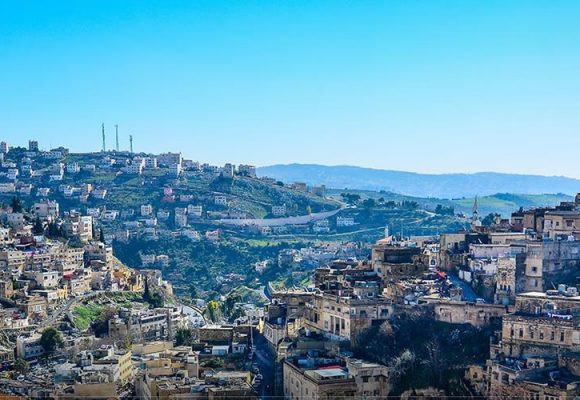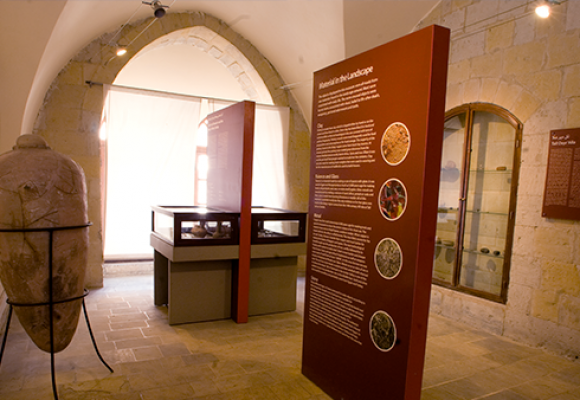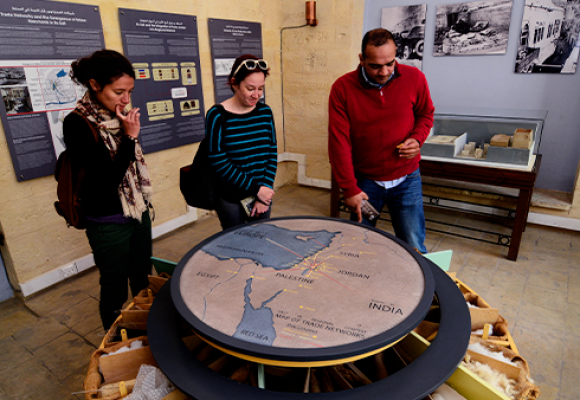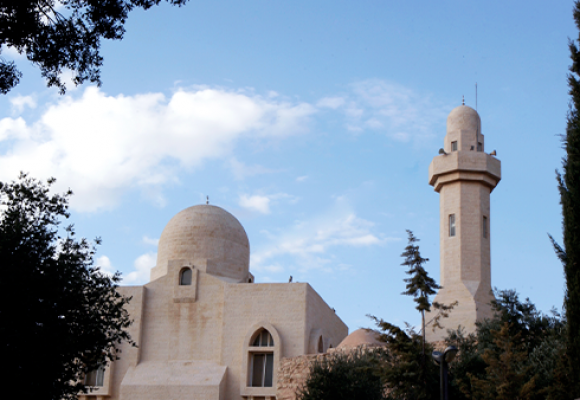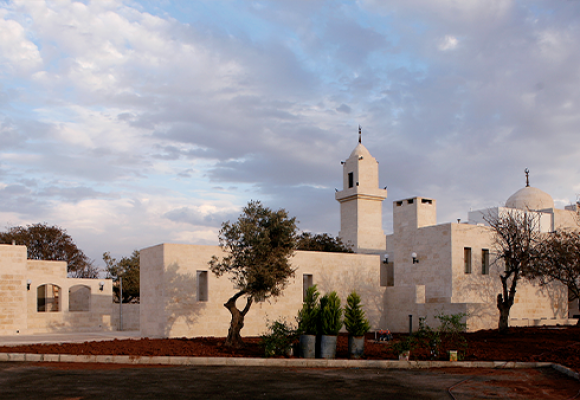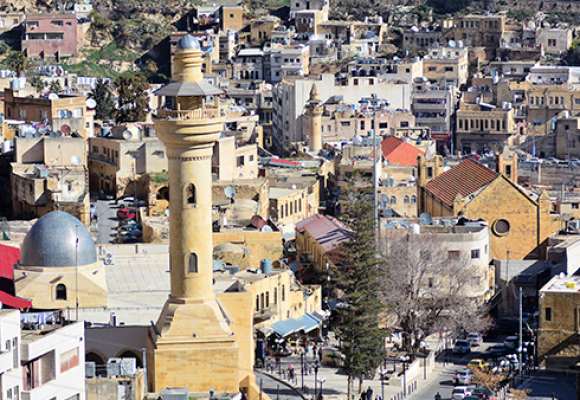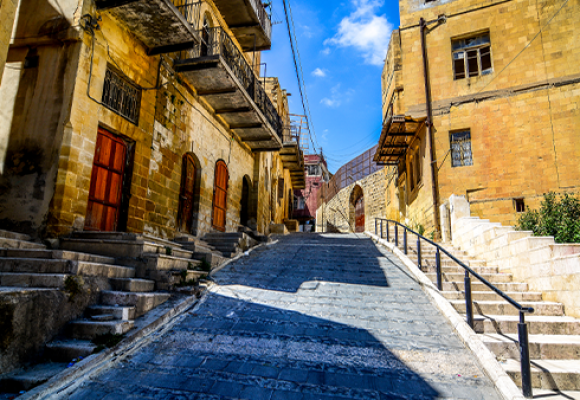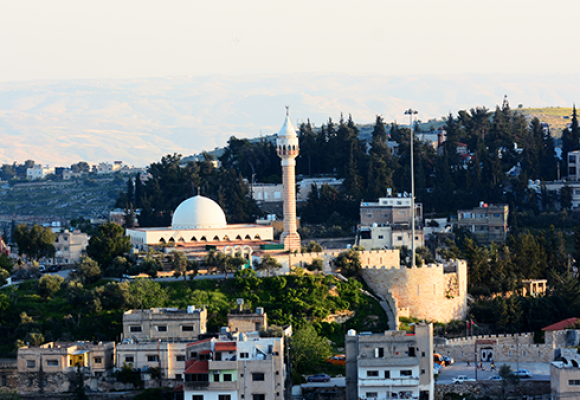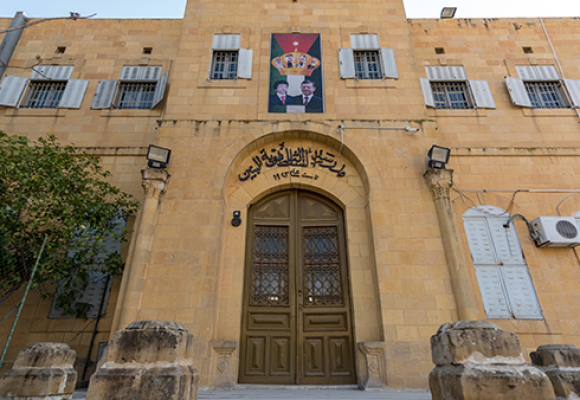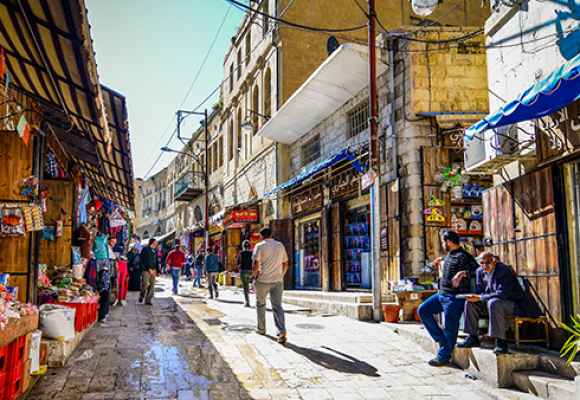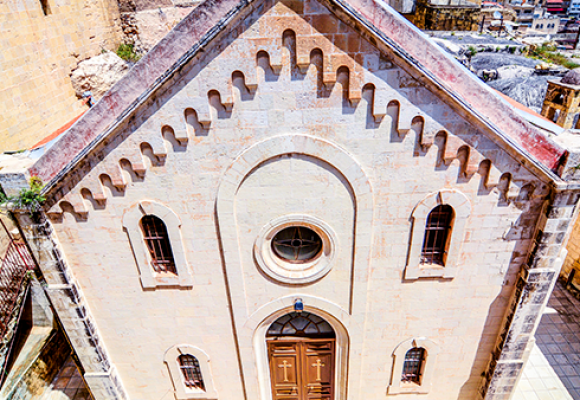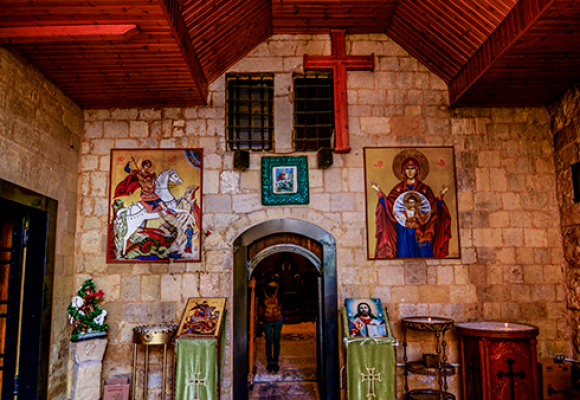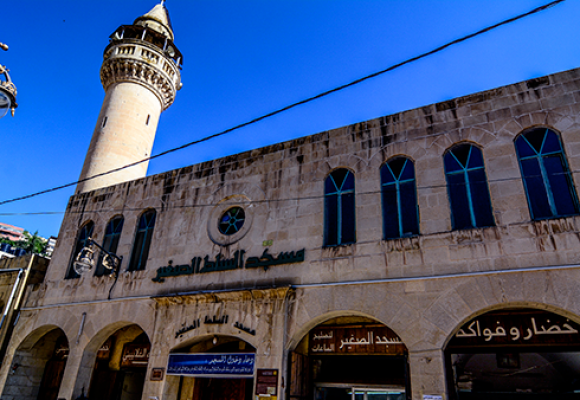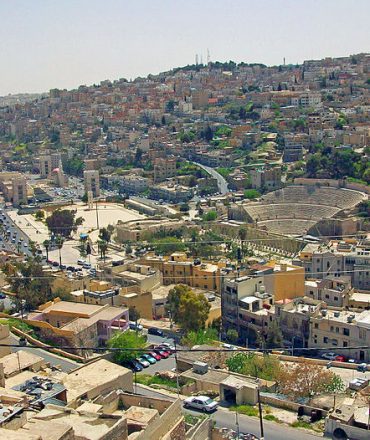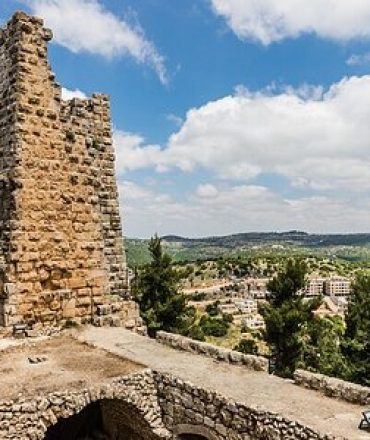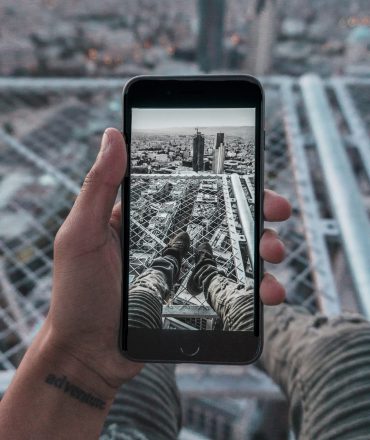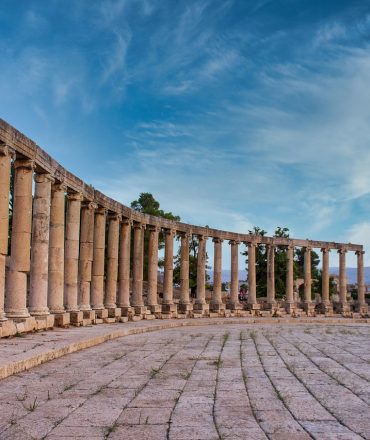As-Salt is a thriving city situated North West of the capital Amman. Built on three main mountains (the cadital, gadaa and salalem), surrounded by the city square, As-Salt is enclosed by breathtaking views and is a wonderful contrast to some of the westernized sites of Amman. Comfortably perched atop of mountains, As-Salt maintains an authentic society based on affection, brotherhood, and love. The mountainside city also has significant historical relevance, most notably, as the regional capital of the Ottoman Empire.
After a meeting held on Wednesday the 30th of June 2021, the European Union governments have agreed to add 11 more nations to the list of epidemiologically safe third countries from which they will permit non-essential travel, like for tourism.This new …

